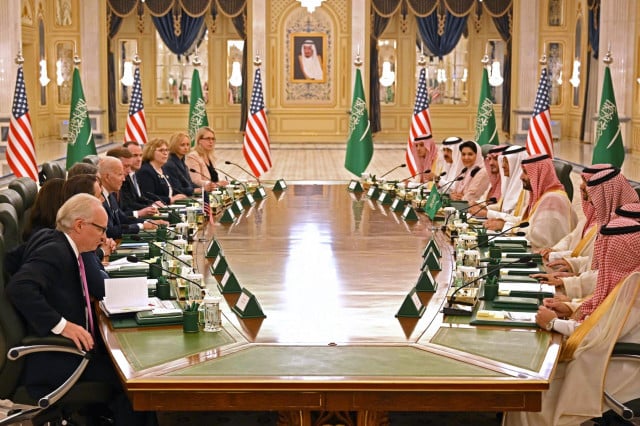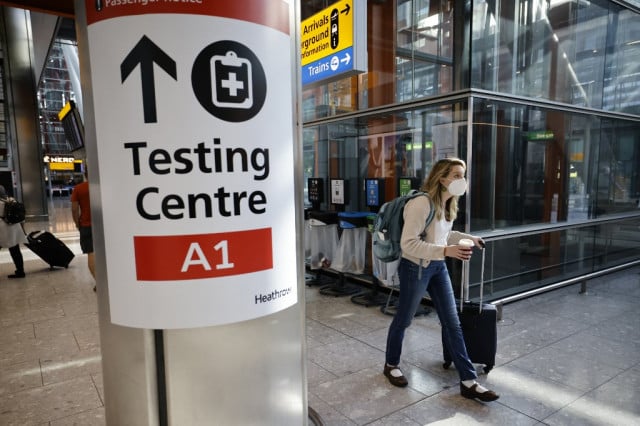Cambodia’s renewable energy future is bright, but challenging

- Seng Teak
- May 16, 2020 3:34 AM
The energy future in Cambodia is now at a significant point. As industry continues to develop, as the national electricity grid reaches ever more people, and as air quality and ecosystem impact worsens, it is time to strategically think about how the country will move to meet its commitments to the economy, its citizens, and the world.
There are some positive signs. Since February, solar looks more optimistic as the pricing for industrial rooftop solar has now been brought largely in line with that of grid electricity. This should encourage more of the Kingdom’s highest energy users, such as the garment sector, to install rooftop solar and reduce green house gas emissions
Many countries are moving to lower the cost of energy production and to lower their carbon footprint (decarbonise) by rapidly increasing the percentage of wind and solar in their energy supply. For example, Germany has decided to phase out the use of archaic coal power stations by 2038. Solar PV electricity is now cheaper than coal in most countries that have ended subsidies, and wind will soon follow.
The Cambodian Government must be commended for taking bold steps to discontinue development of mainstem Mekong River hydropower. This has set a regional example of leadership, however, future decisions for Cambodia’s energy development will determine whether Cambodia furthers this environmental recognition.
According to EnergyLab’s analysis, in 2030, if all announced energy projects go forward, 80% of Cambodia’s grid electricity will be from fossil fuels , up from about 34% in 2018 (Electricity Authority of Cambodia 2019 ‘Salient Features of Power Development in Kingdom of Cambodia Until December 2019’). This future energy mix would also compromise Cambodia’s ability to achieve its Sustainable Development Goals and Nationally Determined Contributions under the UN Climate Agreement. Moreover, given the carbon neutral global commitments that many companies have created through initiatives such as RE100, Cambodia should look into this alignment of future energy projects and these corporate carbon targets.
It is important to look ahead and understand the potentially unforeseen impacts of decisions made today. With the industrial sector utilizing approximately 19% of the total annual energy supply, access to renewable energy is especially important to the garment and footwear industry, Cambodia’s largest export earner, contributing US$9.5 billion in 2018 .
Within the last year a number of UNFCCC (United Nations Framework Convention on Climate Change) signatory garment brands sourcing from Cambodia, including H&M Group, Arc’teryx and Adidas have set carbon-neutral targets, with H&M committing to this by 2030. Meeting these targets will require sourcing from countries where electricity is as “green” as possible and even then, will likely require companies or factories to purchase carbon offset certificates to be classed as “100% renewable”. The higher the percentage of fossil fuels used to generate electricity, then the more certificates that will be needed; a potentially expensive need.
With the recent slow down of development in Sihanoukville and now the possibility of industrial rooftop solar, the immediate demand for growing the energy supply in Cambodia has been somewhat lessened. This opens up a short, but positive, window of time to re-evaluate how the country can plan to meet energy demand, improve affordability, and keep the energy mix as low-carbon as possible.
With the approved capacity of solar and wind in the Kingdom already at 410 MW, up from just 10 MW several years ago, the government has made notable progress regarding support for solar, and grid modernisation will further assist. A pause on large-scale and long-term fossil fuel projects that could be obsolete (stranded assets) over the medium-term, would be a pragmatic decision by both investors and government.
Planning to meet growing energy needs is never easy. As Cambodia’s strong efforts to expand grid electricity across the country, and boost industrial development for better competitiveness, it is important to adopt cheaper and cleaner energy and renewables like solar and wind. Global improvements to renewable energy efficiency continue to outcompete other technologies, and further highlight the short-sightedness of investing in coal in 2020.
The impact on global climate, on the environment, and on future trade is clear. The world is giving up on coal and embracing renewable energy as the best solution to energy needs; and Cambodia has an opportunity to do this as well.
Mr Seng Teak, Country Director of WWF in Cambodia















